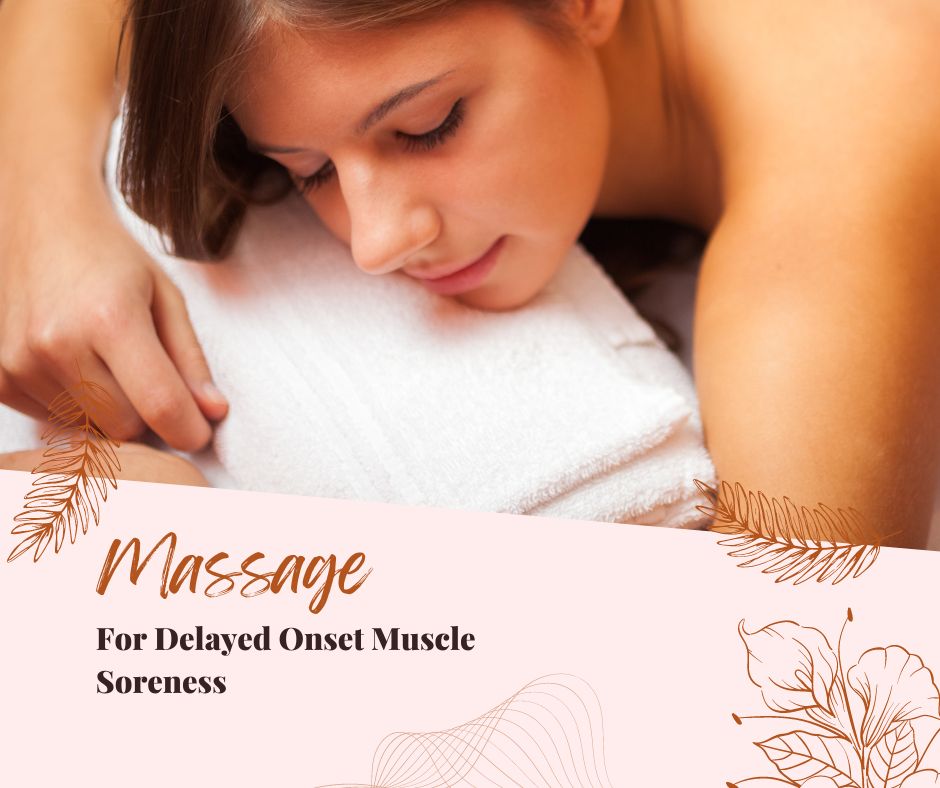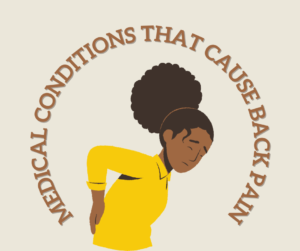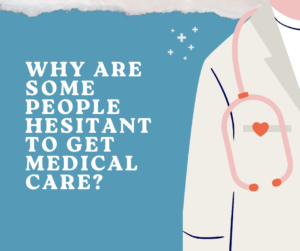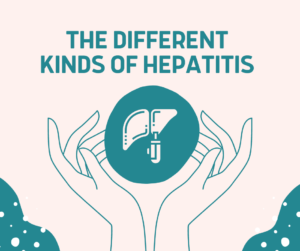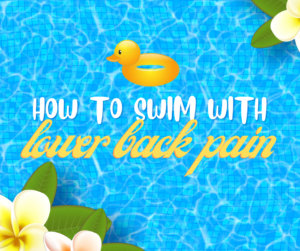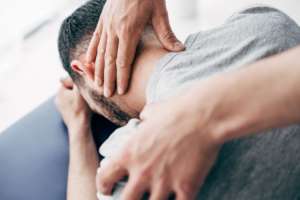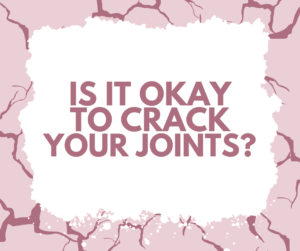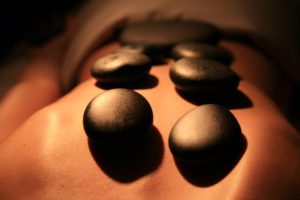What is Delayed Onset Muscle Soreness?
Delayed onset muscle soreness (DOMS) is a condition where your muscles suffer from microscopic tearing and build-up of metabolic wastes like lactic acid. This usually occurs after exertion your muscles aren’t accustomed to. After 24 to 72 hours, your muscles become rock hard and difficult to move.
You usually find this condition among training athletes or first-time gym-goers, though it can also happen to regular people doing regular things like doing the heavy lifting in the garden or walking around a theme park all day. As long as you’re doing an activity your muscles aren’t used to doing often, you’re at high risk for delayed onset muscle soreness.
Now, don’t take DOMS as a bad thing! According to WebMD, DOMS is a sign that your workout was intense and your muscles were pushed to a new limit. With a consistent workout, your muscles will get bigger and stronger, and within a few days, your muscles won’t be sore anymore. DOMS will flare up again if you up the intensity of your workout or stop exercising for an extended period and then start again.
How Can Massage Therapy Help Delayed Onset Muscle Soreness?
So, while delayed onset muscle soreness is a sign you’re getting some gains, it can get pretty annoying as it disrupts your day-to-day activity. For example, after a particularly grueling leg workout, I had to waddle around like a penguin for days!
Luckily, DOMS lasts only a few days and requires no medical treatment. The recovery process can even be sped up with a good, old massage to those sore muscles.
Massages are great for DOMS as it helps relieve muscle tension (loosening up knots and restoring flexibility), circulate blood flow (bringing much need oxygen and nutrients to damaged muscles), and prevent soreness from happening again with future workouts.
The benefits of Santa Monica massage therapy for DOMS are well-documented in the scientific community. A study conducted by Dupuy, et al. (2018), for example, had participants try out all kinds of post-recovery techniques to relieve muscle soreness. Among these techniques were massages, active recovery (low-intensity workout like yoga or walking after a hard workout), contrast water therapy (bathing in hot then cold water), electrotherapy, and more. They concluded that massages were the most effective in reducing DOMS.
What Kinds of Massages are Good for Delayed Onset Muscle Soreness?
At our clinic for massage therapy in Santa Monica, our therapists use either deep tissue or Swedish massage to help alleviate DOMS. Which service you should get depends on the extent of your DOMS.
Swedish massages are designed to direct blood flow to damaged muscles and ease the tension on them. It soothes the effects of DOMS and makes the recovery process quicker. If you’re someone who can’t handle as much pain, or if you’re someone who’s in too much pain, then the Swedish massage is for you. Deep tissue massages, on the other hand, are more intense. As the name suggests, they dig deeper and really work on getting rid of the scarred tissue under the skin.
It’s extremely important that you only sign up for a massage you can handle. Your muscles have already gone through so much abuse—you don’t want to stress them out even more! If your muscles are way too damaged, either of these massages can actually inflame and bruise them even more. It’s like spraining an ankle—you wouldn’t want to run and jump around immediately after wrapping it, would you? Thus, we highly recommend getting a massage at least 24 to 48 hours after feeling the effects of DOMS.
Conclusion
Are you suffering from delayed onset muscle soreness? Looking for a great massage in Santa Monica? Contact Massage Capital today at (310) 928-9851 or info@massagecapital.com to get more details on how we can help.
